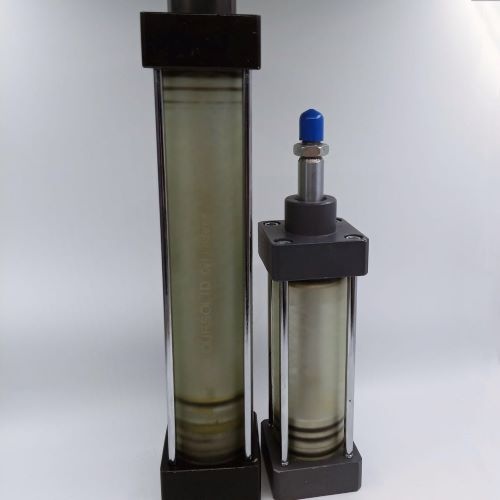What are the advantages and characteristics of Epoxy Fiberglass Tube?
Hello everyone, I am the product manager of Hetai New Materials. Today I would like to introduce a material called Epoxy Fiberglass Tube. This material is a high-strength and corrosion-resistant composite material made of epoxy resin and fiberglass. It is widely used in modern industries such as power and aerospace. Today we will mainly discuss the advantages and application fields of Epoxy Fiberglass Tube.
Characteristics:
Epoxy Fiberglass Tube has many excellent characteristics, including:
1. Excellent mechanical properties - high strength, stiffness, and light weight. It can withstand high pressure and bending strength, making it an ideal choice for manufacturing high-strength structures.
2. High corrosion resistance - due to the special properties of its composition, it has excellent chemical stability and is resistant to acid, alkali, salt, and other chemical corrosion. Therefore, it can be used to manufacture equipment parts in highly corrosive environments.
3. Good heat resistance - this tube can maintain stable performance at high temperatures and can withstand changes in high and low temperatures without being affected by thermal expansion and contraction.
4. Good insulation - it is an excellent insulation material that can be used in the field of power equipment, electronic components, and has good arc resistance and voltage resistance.
Manufacturing process:
What are the manufacturing processes of Epoxy Fiberglass Tube? Today, we will explain the manufacturing process through pre-treatment, coating, winding and solidification, cutting, and trimming.
1. Glass fiber pretreatment - first, the glass fiber needs to be dried and pretreated to remove surface grease and other impurities and make it suitable for subsequent processing.
2. Epoxy resin coating - in this step, the outer layer of the pipe is formed by spraying epoxy resin on the glass fiber to ensure the stability and corrosion resistance of the pipe.
3. Winding and solidification - this step requires winding the glass fiber coated with epoxy resin and using techniques such as heating and pressure to solidify it to ensure its strength and stability.
4. Cutting and trimming - the final step is to cut and trim the finished tube to meet customer requirements for size and ensure the final product quality.
Application fields:
Epoxy Fiberglass Tube has a wide range of application fields, and we will briefly introduce some of them, including:
1. Power industry - in the power industry, epoxy fiberglass tubes are commonly used to manufacture components of high-voltage equipment such as transformers, generators, cables, etc. Due to their excellent electrical performance and high-temperature resistance, they have an irreplaceable role in the field of electronic component insulation.
2. Aerospace industry - due to its lightweight and high-strength characteristics, Epoxy Fiberglass Tube is widely used in the aerospace industry. It is used to manufacture structural components of carriers such as aircraft, rockets, and satellites, such as fuselages, wing surfaces, and tail fins. This is because Epoxy Fiberglass Tube has excellent mechanical properties and strength, which can withstand high-speed flight and changes in gas pressure.
3. Construction and transportation engineering - in the construction and transportation engineering fields, Epoxy Fiberglass Tube can be used to reinforce reinforced concrete structures and underground pipelines to improve their seismic resistance and durability. They can also be used to manufacture structural components of various transportation tools such as ships, cars, and robots, and have been widely used in these fields due to their lightweight and high-strength characteristics.

Conclusion
Above, I have introduced the advantages, performance, and applications of Epoxy Fiberglass Tube. Because Epoxy Fiberglass Tube has good impact resistance, corrosion resistance, heat resistance, and is used as an excellent material, we always use it in various application fields. With the continuous development of science and technology, the difficulty of its production process is gradually decreasing, and the cost is also decreasing. Even if there is not much budget, this excellent material can still be used. Compared with carbon fiber, the cost has really decreased a lot! Thank you.

